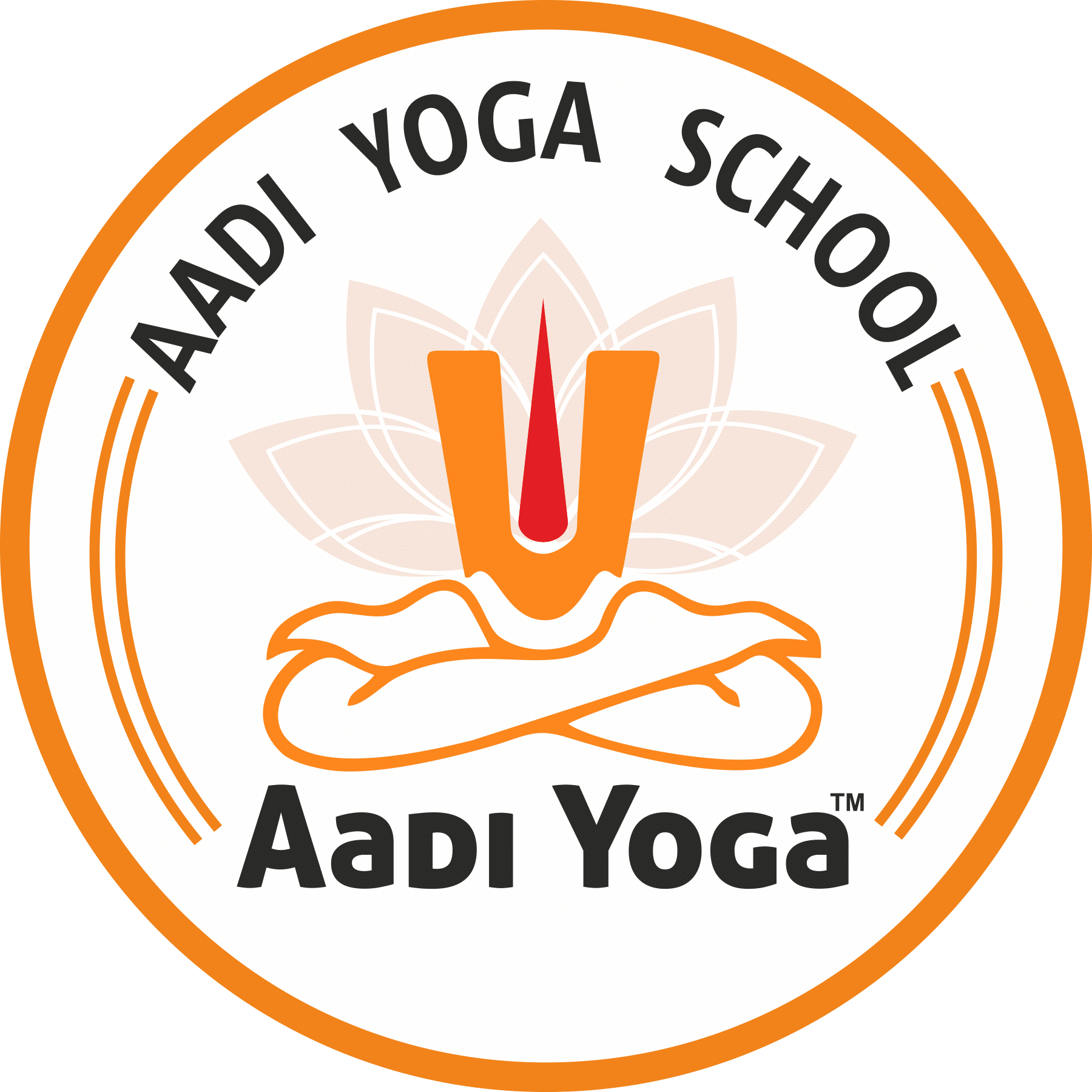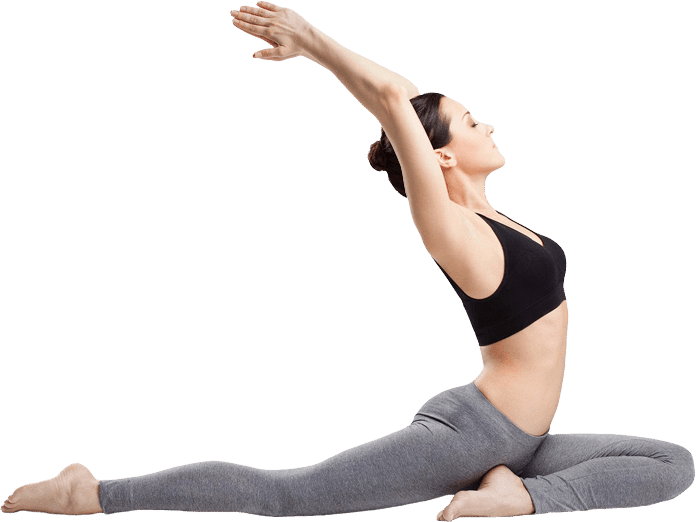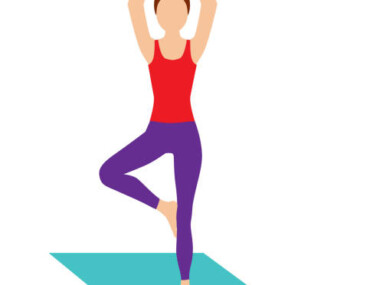Why Should You Take Up Vinyasa Yoga Teacher Training India
Different styles of yoga were developed by different teachers and taught to their students. Each style concentrated on a different method of achieving the various poses and thus, had different effects. Styles like Hatha, Ashtanga, Iyengar, Kundalini, Bikram, Jivamukti, and Vinyasa yoga teacher training India are some such examples.
Yoga started centuries ago in India as a philosophy rather than a form of exercise as most of us see it today. It was an all-encompassing concept that meant to reform the body, mind, and soul. It meant to create a balance between our inner and outer worlds and keep them connected. Yoga helped the practitioners be as aware of their inner selves as of the true nature of the outer ecosystem. Thus, yogis not only achieved physical health but also mental acumen and proficiency. But as yoga started to spread to the common people in India and the neighbouring countries as well as to the Occidental nations, the concept changed.
Traditional practice
Earlier, while yoga was still mostly a traditional practice, the styles used to be far more rigorous. Yoga teachers stressed greatly on the strict attainment of the various asanas, breathing rhythms, and other activities. This stringency relaxed greatly when yoga spread all across India and the world. As with any practice, many variations and adaptations of yoga cropped up. Some of these became popular and are now taught in many parts of the world. But people also still recognize the merit of the traditional styles. Hence, we see a coexistence of the old and new styles and often hybrids of the two too. The same thing happened with Vinyasa yoga teacher training India too. Today, it is taught in both the traditional manner and the remodeled forms.
What is Vinyasa Yoga Teacher Training India
The word Vinyasa is an amalgamation of two words, vi and Nyasa. Vi means a special way and Nyasa means to place. Together, vinyasa means a special way of placing or movement. That is the core principle of Vinyasa yoga teacher training India. It concentrates on the movement of the body. In yoga practice, vinyasa is the practice of linking body movement to your breathing. It employs four components, asana, ujjayi, bandha, and dhristi, to accomplish each pose.
Vinyasa is basically a modified style of Ashtanga yoga. The great Indian yoga guru K Pattabhi Jois was responsible for introducing and popularising this form of yoga. He was a student of T Krishnamacharya and a fellow student with BKS Iyengar. Traditional or Ashtanga Vinyasa uses the principles of Ashtanga yoga as its basis. But today, variations of Vinyasa yoga itself exist. The best example of this is power yoga or Vinyasa flow yoga. The second is naturally far more lenient in its approach and more popular in the West. While Ashtanga Vinyasa treats yoga more as a philosophy, the best way to describe Vinyasa flow yoga would be as a form of exercise. Vinyasa yoga teacher training India usually combines both types in their course for a holistic approach to Vinyasa yoga.
What are the Principles of Vinyasa Yoga Teacher Training India
Vinyasa yoga teacher training India incorporates both the traditional and the neo forms of Vinyasa yoga in the yoga teacher training course syllabus. There are two most popular ways of teaching it, as follows.
Ashtanga Vinyasa
The traditional or Ashtanga Vinyasa form is a derivation of Ashtanga yoga, which maintains a strict sequence of performance of the different yoga asanas. They go from a primary sequence of forwarding bending to a secondary one of backward bending. Then, the positions move to those for arm support and then arm balance. But Vinyasa yoga focuses on the flow of movement, reaching a peak of performance not through the style of asana but by vinyasa or smoothly transitioning from one form of asana to another, maintaining the continuity through a certain breathing technique. The steady rhythm of the breath that strings the asanas together is called Ujjayi pranayama.
The student must maintain dhristi or the visual focus at a single point throughout the yoga session to attain pratyahara or inner consciousness. There is also the use of bandhas, which refers to muscular or energetic locks that trap the pranic energy at a certain point in the body and help regulate its flow. Traditional Vinyasa yoga teacher training India is based on the Suryanamaskar, which provides the samastithi or position of equilibrium. Each asana starts and culminates at that position, which helps bring physical and mental balance. Most of the asanas come from Ashtanga yoga itself.
Vinyasa Flow
Vinyasa flow yoga or power yoga also flows from pose to pose, maintaining the beat through ujjayi pranayama, holding poses for various lengths of time, and centring around samastithi. But there is no fixed sequence of poses. The sequence varies from class to class, as the teacher may instruct. The ultimate aim of this Vinyasa yoga teacher training India is to perform poses in a manner to create heat within the body and encourage energy flow, leading to sweating. From the yogic point of view, this purifies the body and removes the toxins that have accumulated. From the exercise point of view, it helps burn adipose cells.
Who Should Join A Vinyasa Yoga Teacher Training India
Vinyasa yoga teacher training India is perfect for those who are looking for a modern take on traditional yoga. If you do not like the monotony of traditional yoga training, this is perfect for you. Vinyasa yoga is also more exercise-oriented. So, if your main aim is to teach students looking to pursue yoga as an exercise form and not as a philosophy, Vinyasa yoga is a better idea than Ashtanga yoga. It is less stringent and flowier, so there is also a lesser risk of injury, especially if you are not too flexible yet.
Best Vinyasa Yoga Teacher Training in India
Aadi Yoga School in Rishikesh is one of the best places in India to pursue Vinyasa yoga teacher training India. With a wide range of options in YTTCs and an interesting approach to teaching yoga, coupled with the aesthetic locales, you will find no better place in India.




